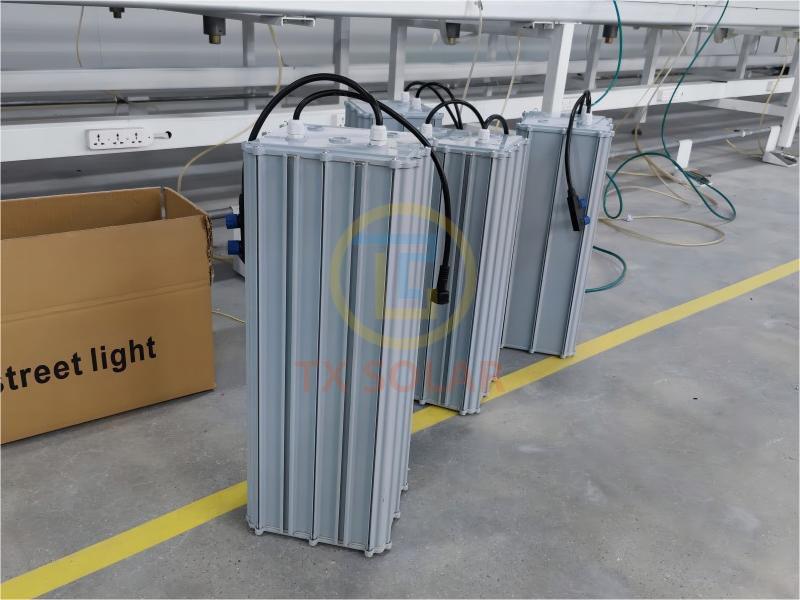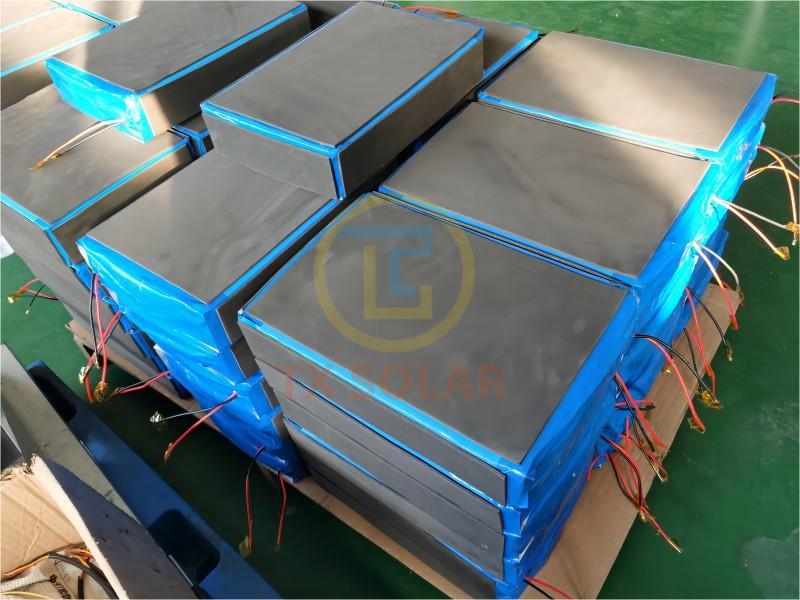Solar energy is gaining popularity as a renewable and sustainable energy source. One of the most efficient applications of solar energy is street lighting, where solar street lights provide an environmentally friendly alternative to traditional grid-powered lights. The lights are equipped with lithium batteries known for their long life and high energy density. In this article, we’ll explore the factors that determine the lifespan of lithium batteries for solar street lights and how to maximize their lifespan.
Understanding lithium battery life:
Lithium batteries are widely used in various applications due to their impressive energy storage capabilities. However, their longevity can be affected by a variety of factors. For solar street lights, battery life is mainly determined by the following factors:
1. Battery quality: The quality and brand of lithium batteries used in solar street lights play a vital role in their lifespan. Investing in a high-quality lithium battery will ensure better overall performance and a longer life expectancy.
2. Depth of discharge (DoD): The depth of discharge of a lithium battery affects its life. It is recommended to avoid deep discharge as much as possible. The lithium batteries used in most solar street lights have a maximum DoD of 80%, which means they should not be discharged beyond this point in order to maintain their useful life.
3. Ambient temperature: Extreme temperature can significantly affect the service life of lithium batteries. High temperatures accelerate degradation, while extremely low temperatures degrade battery performance. Therefore, it is very important to install solar street lights in areas where the ambient temperature remains within the range recommended by the battery.
Maximize lithium battery life:
In order to optimize the service life of solar street light lithium batteries, the following practices should be followed:
1. Regular maintenance: Regular inspection and maintenance of solar street lights is essential. This includes checking the battery connections, cleaning the solar panels, and making sure nothing is blocking sunlight.
2. Charge controller setting: The charge controller is responsible for regulating the charging and discharging of the battery. Properly configuring charge controller settings such as voltage limits and charging profiles will ensure optimal battery performance and prolong its life.
3. Battery protection: It is critical to protect lithium batteries from overcharging, deep discharging, and extreme temperatures. Using a high-quality charge controller with temperature and voltage regulation helps protect the battery.
In conclusion
Solar street lights powered by lithium batteries have revolutionized outdoor lighting with their energy efficiency and environmental friendliness. To get the most out of these lights, it’s important to understand the factors that affect battery life and follow practices to maximize their life. By investing in quality batteries, avoiding deep discharge, maintaining lights regularly, and protecting batteries from extreme temperatures, solar street lights can provide sustainable and reliable lighting for many years to come.
If you are interested in solar street light battery, welcome to contact solar street light battery manufacturer TIANXIANG to read more.
Post time: Aug-24-2023


